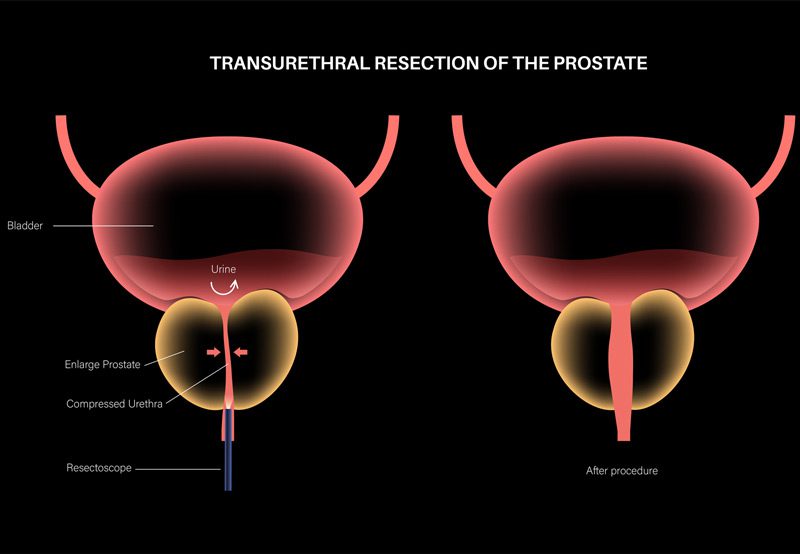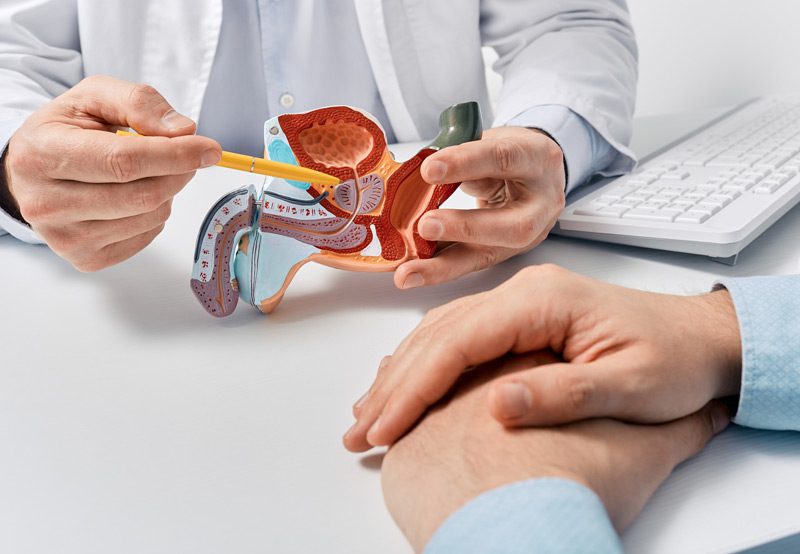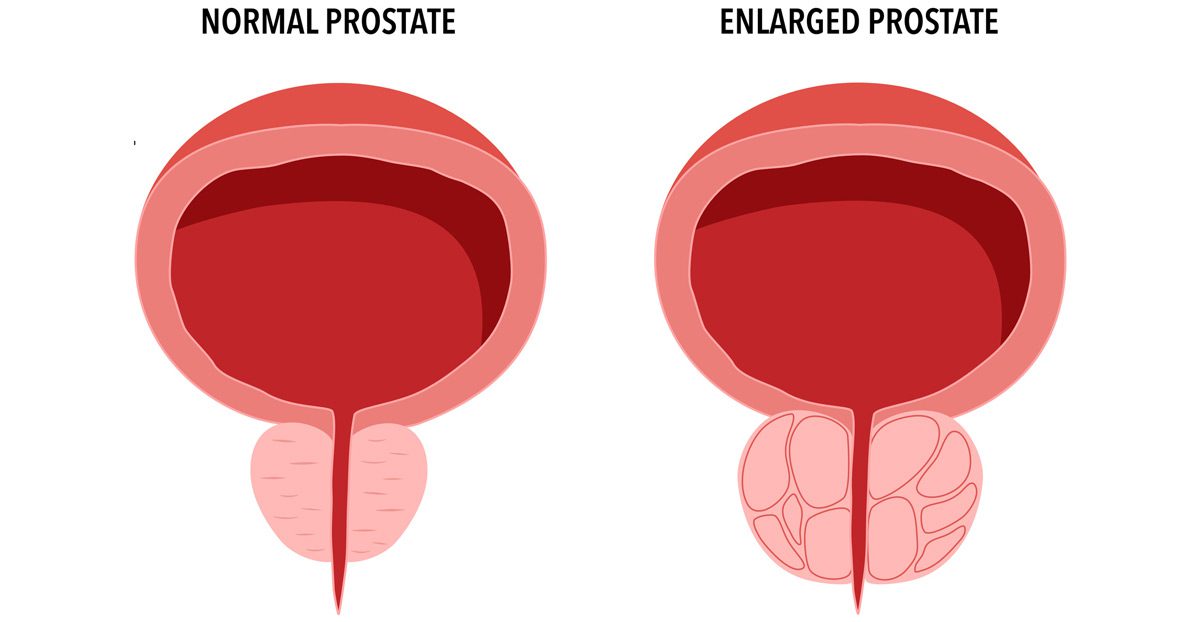

Transurethral Resection of the Prostate (TURP) is a surgical procedure used to treat urinary symptoms caused by Benign Prostatic Hyperplasia (BPH), a non-cancerous enlargement of the prostate gland. As the prostate grows, it can compress the urethra and obstruct the flow of urine, leading to difficulty urinating, increased frequency, urgency, weak stream, or incomplete bladder emptying. TURP is considered a gold standard treatment for moderate to severe BPH symptoms that have not responded to medications.
Causes of Urinary Obstruction in BPH
BPH occurs naturally as men age. The enlargement of the prostate tissue around the urethra can interfere with urinary flow. If untreated, BPH may lead to chronic urinary retention, bladder stones, recurrent urinary tract infections, or even kidney damage.

Diagnosis
Before recommending TURP, a urologist will typically conduct the following:
- Digital Rectal Exam (DRE): To assess prostate size
- Prostate-Specific Antigen (PSA) Test: To rule out prostate cancer
- Uroflowmetry and Post-Void Residual Tests: To evaluate urine flow and bladder emptying
- Cystoscopy or Ultrasound: To visualize the prostate and bladder
Patients who continue to experience bothersome or worsening symptoms despite lifestyle changes or medication may be considered for TURP.
Treatment Options
- TURP Procedure: A resectoscope is inserted through the urethra under spinal or general anesthesia. Using an electrical loop, small chips of prostate tissue are removed to relieve pressure on the urethra. The removed tissue is flushed out at the end of the procedure.
- Hospital Stay: Most patients remain hospitalized for 1 to 2 days.
- Catheterization: A urinary catheter is left in place for 1 to 3 days to allow for healing and urine drainage.
Next Steps
If you have persistent urinary symptoms related to BPH that haven’t improved with conservative treatments, TURP may offer long-term relief. Speak with your urologist to determine whether this surgical option is right for you based on your prostate size, overall health, and symptom severity. Regular follow-up ensures proper recovery and ongoing urinary health.
